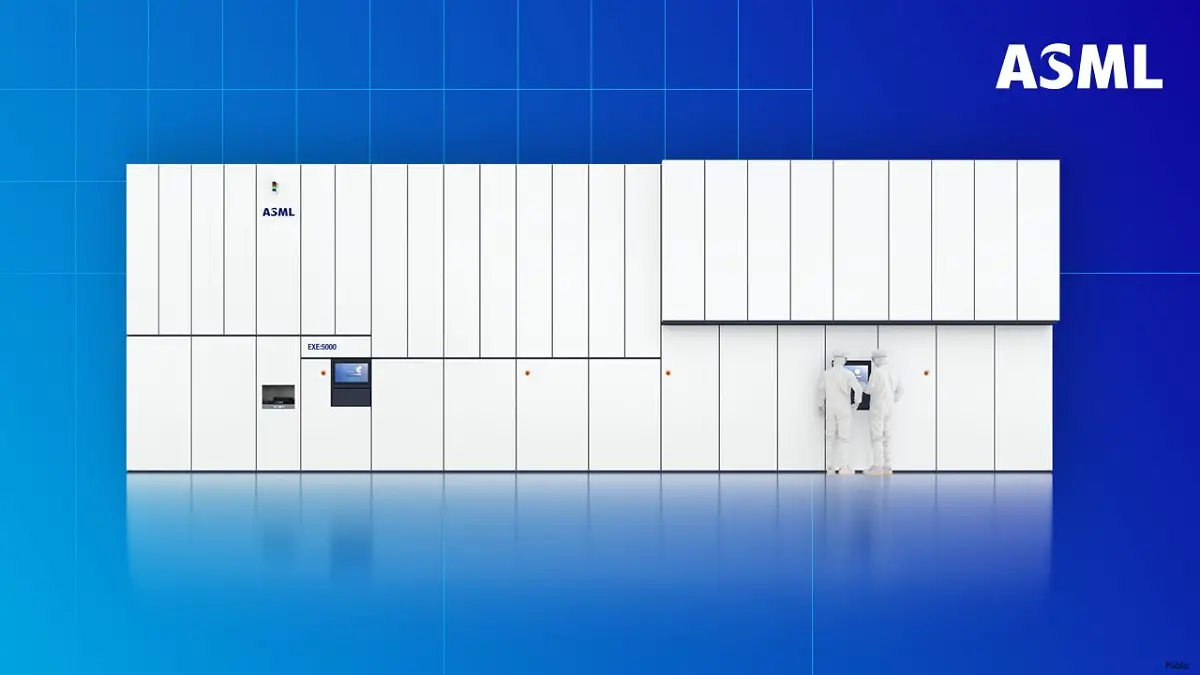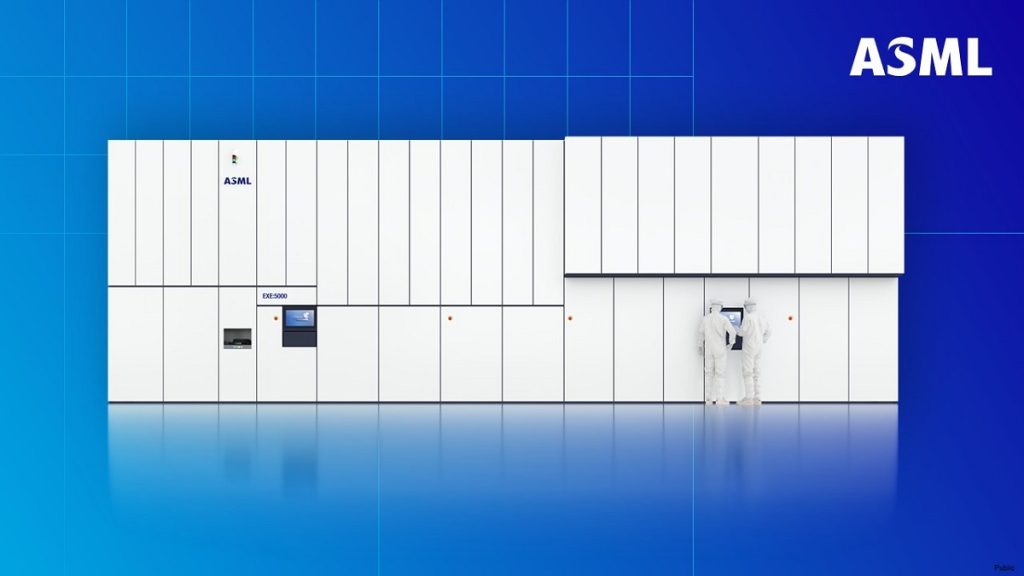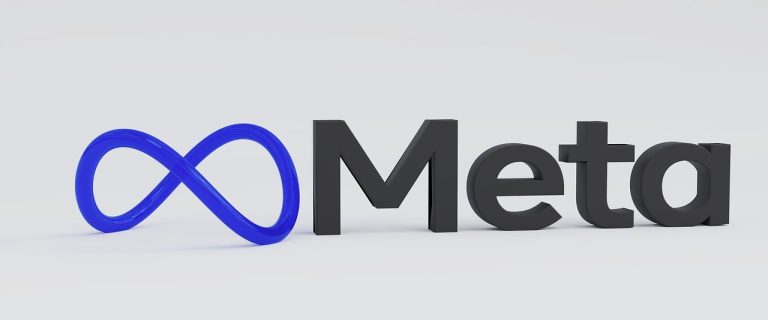
Late last year, ASML delivered the industry’s first High-NA EUV lithography machine to Intel, marking the transition from EUV to the High-NA EUV era. However, ASML has already begun research on the next-generation Hyper-NA EUV technology, seeking suitable solutions, with plans to provide the new Hyper-NA EUV lithography machines around 2030.
According to Trendforce, the price of a Hyper-NA EUV lithography machine is expected to reach an astonishing $724 million, possibly even higher. Currently, each EUV lithography machine costs approximately $181 million, and the price of a High-NA EUV machine is around $380 million, more than double that of an EUV machine. If these estimates hold true, it means that the Hyper-NA EUV lithography machine’s price would also double from that of the High-NA EUV machine. The exorbitant costs of acquiring the most advanced equipment make TSMC, Samsung, and Intel hesitant.

The high pricing of High-NA EUV lithography machines has already made TSMC more cautious. The company plans to maximize the performance of its existing EUV lithography machines as much as possible by appropriately upgrading current tools and adopting techniques like multiple exposures to alleviate the investment pressure of purchasing new equipment. TSMC has previously expressed concerns about the costs associated with High-NA EUV lithography machines, stating that the decision to adopt new technology depends on balancing maximum economic benefits with achievable technology, without disclosing a timeline for introducing High-NA EUV technology. This year, TSMC launched the A16 process, which, to some extent, appears to delay the need for new equipment.
Samsung is also considering High-NA EUV lithography machines, but as the timeline for Hyper-NA EUV machines becomes clearer, it might choose to adjust its long-term roadmap. Industry insiders reveal that for processes below 1nm, procuring High-NA EUV machines might not be the best option. One viable approach could be to maximize the use of existing EUV equipment and bypass High-NA EUV, transitioning directly to Hyper-NA EUV.
Although Intel was the first customer to acquire a High-NA EUV lithography machine, its foundry business suffered a $7 billion loss last year, with losses widening in the first quarter of this year. Hastily purchasing the next generation of EUV lithography equipment could pose severe financial challenges.


